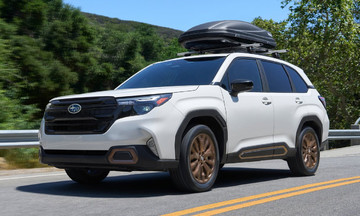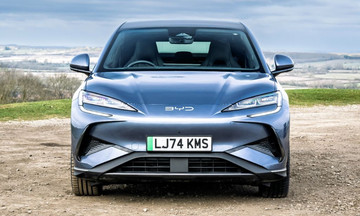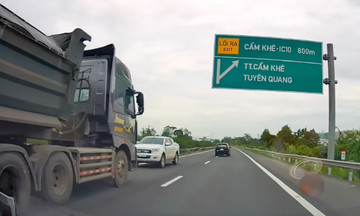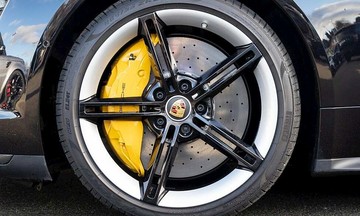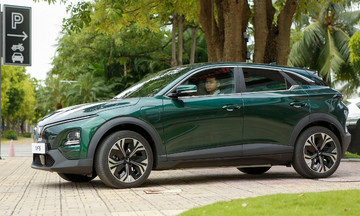Beijing began restricting gasoline-powered motorcycles within its 3rd Ring Road in 1986, expanding the ban to the 4th Ring Road in 2000. Meanwhile, in the south, Guangzhou banned all gasoline-powered motorcycles in 2007. Other cities took a more indirect approach. In Shanghai, a license plate for a gasoline-powered motorcycle can cost 40,000-50,000 USD, more than three times the cost of a car license plate, according to Shanghai Specials.
As of 2025, approximately 200 Chinese cities have fully or partially banned gasoline-powered motorcycles. These restrictions aim to reduce accidents, improve traffic flow, and promote eco-friendly transportation. Over the decades since these regulations took effect in major cities, China has implemented numerous policies to encourage the use of electric scooters.
Subsidizing electric scooter ownership
Electric scooters are classified as non-motorized vehicles. Consequently, the purchase and registration procedures are simpler and faster than for gasoline-powered vehicles. License plate and insurance costs are also lower. Most electric scooters are designed to be used without a driver's license.
According to Daxue Consulting, by 2023, the total number of two-wheeled electric vehicles in China reached 420 million, meaning one in every three people owns one.
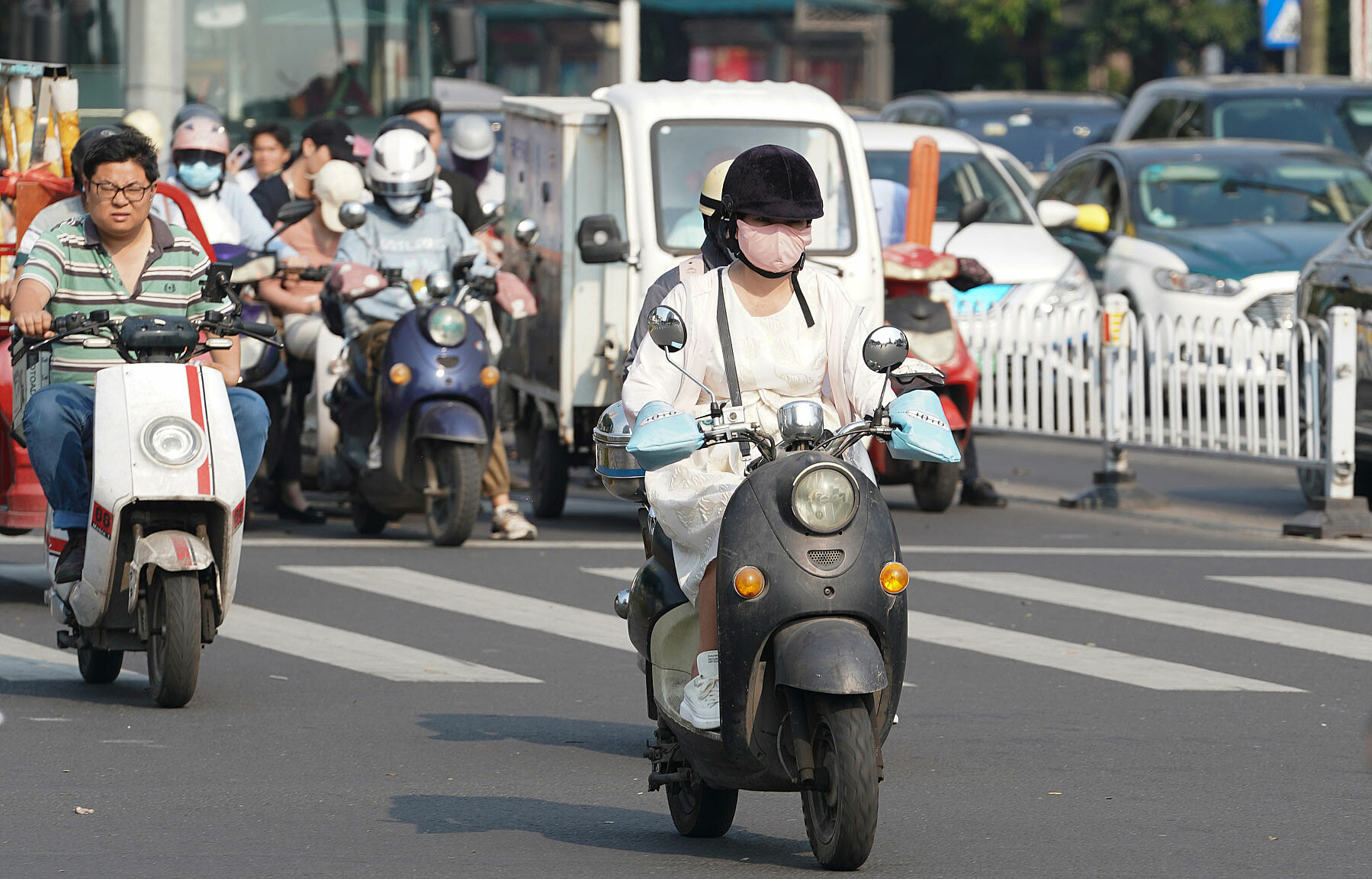 |
People ride electric scooters in Nanning, 4/2024. Photo: CFP |
People ride electric scooters in Nanning, 4/2024. Photo: CFP
In addition, numerous subsidies for electric scooter purchases have been implemented over the years. In early 2025, China announced subsidies for consumers to switch from older lithium-ion batteries to safer lead-acid battery technology.
Data from the Ministry of Commerce of China shows that as of 3/2025, this subsidy program has distributed 1 billion CNY (approximately 139.48 million USD) to over 1.65 million consumers. The first half of the year saw a surge in electric scooter sales, with over 8.47 million new vehicles on the road.
Developing infrastructure for electric scooters
While encouraging electric scooter use, China has also heavily invested in dedicated infrastructure. Nanning, known as a "green city," exemplifies this. For years, Nanning has implemented various solutions to ensure efficient traffic flow, parking, and charging for millions of electric scooters.
The city has designated lanes, installed guardrails, and created separate lanes for electric scooters, separating them from car traffic. To reduce congestion at major intersections, authorities have created dedicated waiting and turning lanes for electric scooters, optimized traffic light cycles, and installed LED guidance lights. The city has also built several underpasses and dedicated pathways for electric scooters at key intersections.
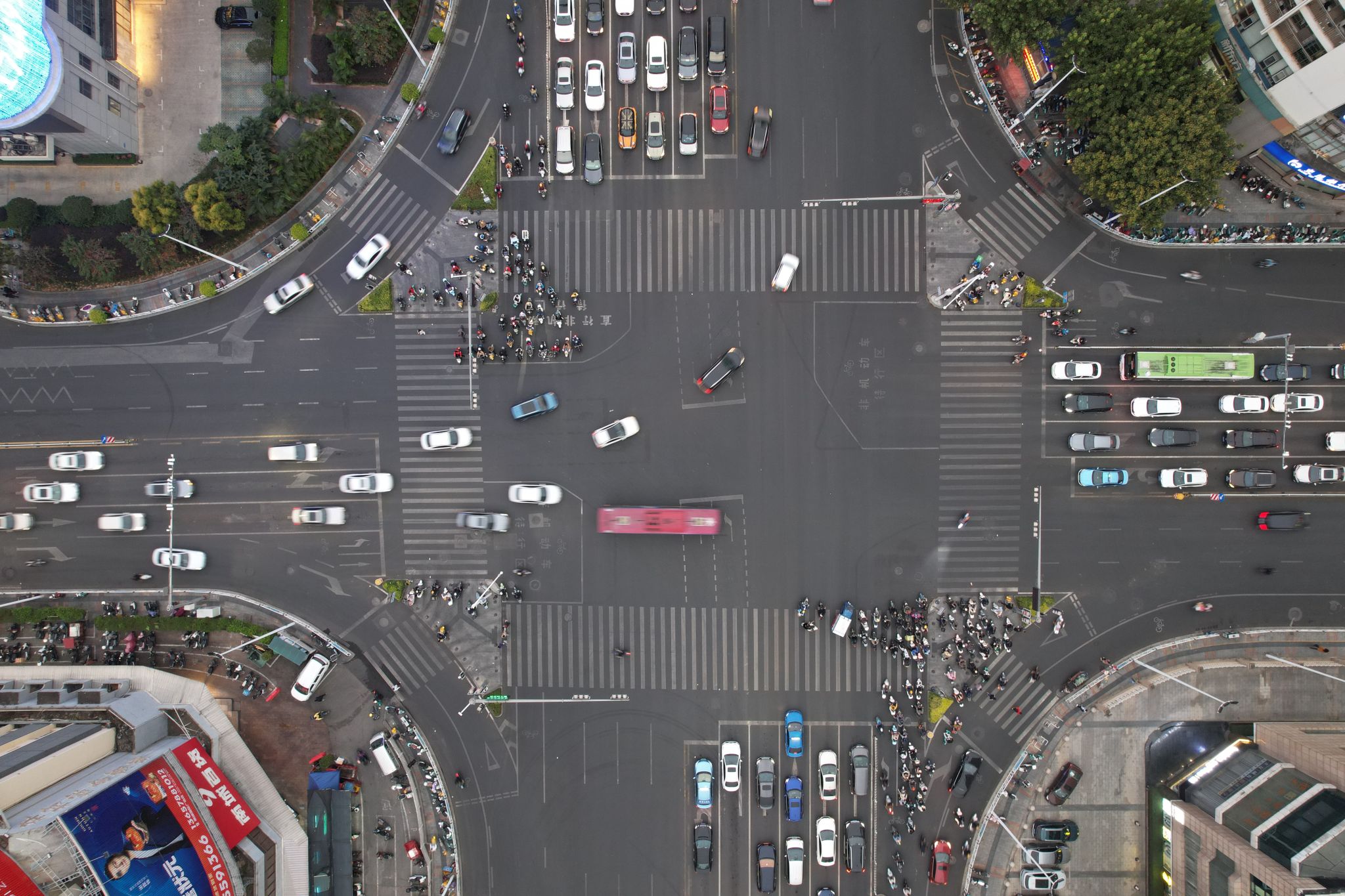 |
Electric scooters have dedicated waiting areas (square corners of zebra crossings) at intersections in Nanning, China. Photo: ITDP China |
Electric scooters have dedicated waiting areas (square corners of zebra crossings) at intersections in Nanning, China. Photo: ITDP China
Suitable public charging stations have been built to accommodate different residential areas, particularly in densely populated areas, by opening dedicated charging areas or installing charging pillars outside residential buildings. Collaboration between businesses and building management is key to determining who builds and operates these facilities.
To alleviate parking pressure in areas with high electric scooter density, traffic management authorities have converted some on-street car parking spaces into electric scooter parking, with one car space accommodating nearly 8 scooters. This helps balance parking needs within limited space. The city has also promoted the development of charging and battery swapping stations to meet the quick battery replacement needs of frequent users like delivery drivers.
Banning gasoline-powered motorcycles
Many Chinese cities have implemented complete bans on gasoline-powered motorcycles in city centers, like in Beijing and Guangzhou. Others have imposed time-based or day-based restrictions.
Some localities have stopped issuing license plates for gasoline-powered motorcycles or made ownership prohibitively expensive. In Shanghai in 2021, a type A license plate for a gasoline-powered motorcycle (over 150 cc), allowing travel anywhere, including the city center, could cost up to 50,000 USD. A type C license plate, for areas outside the city center, was cheaper but still reached 12,000 USD.
Furthermore, gasoline-powered motorcycles in China have a limited lifespan. They must be scrapped after 13 years from registration or after reaching 120,000 km, whichever comes first. In some areas, owners receive a subsidy, typically 40-80 USD depending on the years of use, if they surrender their vehicles before this deadline.
Increasing regulations for electric scooters in China
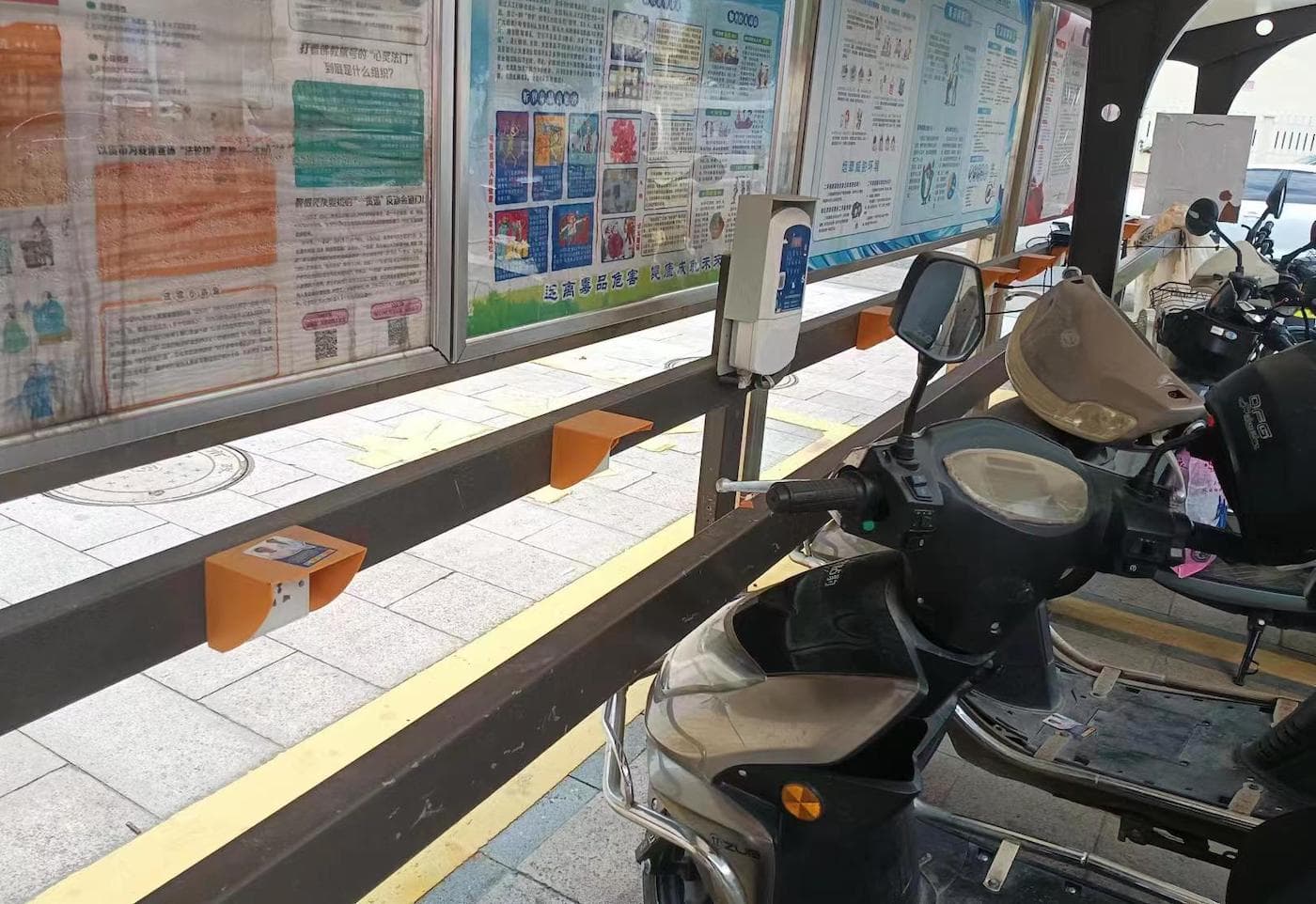 |
A public electric scooter parking and charging area in Zhejiang province, China. Photo: Electrek |
A public electric scooter parking and charging area in Zhejiang province, China. Photo: Electrek
Last November, China implemented new safety regulations for electric scooters. These regulations set nationwide requirements for e-bikes, such as a maximum speed limit of 25 km/h, a weight limit (excluding the battery) of 55 kg, and mandatory installation of the BeiDou navigation system – China's answer to the American GPS.
This standard also impacts riders who want to add accessories, such as rain covers or leg warmers for cold weather. Both are prohibited under the new standard. Requiring all new vehicles to be equipped with the BeiDou navigation system adds 200 CNY (27.6 USD) to the price, placing an unnecessary financial burden on owners.
The government has acknowledged these issues, with a key component of the new national standard requiring electric scooters to have mechanisms preventing external tampering, specifically with the battery, controller, and speed regulator. However, this creates new problems, forcing electric scooter owners, who are often from lower-income backgrounds, to bear higher costs.
Ho Tan



